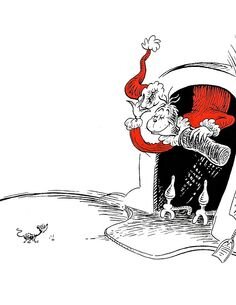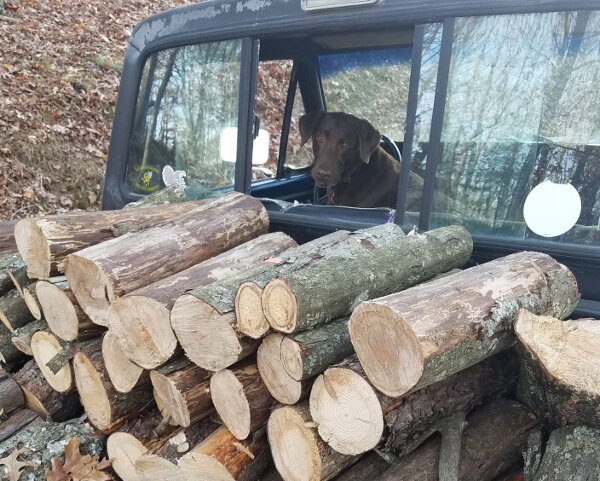Snakes in the Attic (Again)
Appearance
For home inspectors, it is always Christmas.… and Halloween…and the Fourth of JulyReally any holiday you can imagine.For those of us who amble through attics and creep through crawlspaces where folks file their holiday furnishings, it is not unusual to find ourselves between an inflatable Grinch and a sheaf of Indian Corn. And while hurdling Styrofoam reindeer isn’t a preferred method for attic inspection, sometime it’s a necessary one.Attics, basements, crawlspaces, and garages are also where home inspectors usually find what a colleague of mine calls, “non-rent paying tenants”: mice.An argument could be made that home inspectors should all get honorary degrees in zoology. Along with mice, other regulars we encounter include squirrels, birds, and snakes. For the sake of simplicity, we’ll skip the insect hoards and more exotic animals like possums.Now most of us wouldn’t willingly invite the wildlife of the Shenandoah Valley into our homes and would prefer they keep to their natural habitats. That said, I conservatively guess that about half of the houses I go into that are over five years old have some evidence of rodent intrusion (that is, by the way, the no nonsense term I use in reports). People often mistakenly think just keeping a clean house is the way to prevent pests, but almost any attic is a pleasant paradise when compared to the cold outside. And even if it is too musty for you, any number of beasties are happy to bask in the balmy weather of your basement.If you’ve been in enough houses, it’s not hard to tell when a pest control pro is needed to redress a rodent resort. However, taking an active approach to the situation is a wise move, especially if you live in a rural area.These are a few easy, No-Lo steps you can follow to make your house less appealing to non-rent paying tenants:
Seal up Items in Storage:
Years ago, my dad wrote a great piece called Snakes in the Attic. It was probably the most popular thing he ever wrote. The message is a shrewd one: Be aware that your holiday haberdashery may be inviting for house guests during a given season and then inviting to mice the rest of the year. Items like Indian Corn, pine cones, scented candles, and even the bowl used for Halloween candy are all incredibly appealing if you’re a cold critter. Speaking of which, I’ve found a surprising amount of candy in attics. Once, in a house in Warren County I encountered an entire Easter basket that appeared to have been feeding generations of neighborhood mice. At a house in Greenwood, someone had put a whole gingerbread house above the garage: mouse manna.When the season passes and it’s time for the candy cane scented candles to get put up, consider sealing them up in a Ziploc bag or plastic bin that closes securely. Ask yourself if what you are storing is a potential food source.
Sonic Pest Deterrents:
I wouldn’t think of these as a cure-all or single solution to pest problems, but I have had a number of clients call or email to tell me how effective these are. Sonic Pest Deterrents have tiny speakers in them that broadcast a fretful frequency at an annoying amplitude; it’s the same idea as a dog whistle. You can’t hear the piercing pitch, but mice can, and it is so unbearable they avoid the house.[1] It’s always smart to read the labeling and instructions, but manufacturers claim these don’t bother cats and dogs. These special speakers come in nightlight size and larger models roughly the size of a brick. It is important to match the square footage of the model to that of your house.Perhaps the primary appeal of Sonic Pest Deterrents is that unlike conventional trapping you don’t have to find and dispose of the deceased. I once inspected a million dollar listing that was gorgeous and grand in every way, but the garage and knee-wall areas were veritable mouse mausoleums and very off-putting for the buyer.
Wood Piles:
Wood piles are a preferred destination for small mammals, snakes, and wood-boring insects. They provide shelter from the weather and facilitate a whole leg of the food chain. The classic mistake with wood piles is putting them too close to the house. Few of us want to wrap ourselves like arctic explorers to get more firewood, but it is usually recommended that wood piles be at least ten yards from the house. In my experience this may be an underestimation. For mice, the wood pile becomes the gateway for the greater temptations of the house. Most of us wouldn’t get too upset about a few insects feasting on the firewood while it’s outside. But bugs are notoriously bad at distinguishing between the wood of your house and that yule log you’ve been yearning to use at your Christmas party.
Pet Food:
Get a quality container for your pet’s fodder and be fastidious about cleaning up any kibble that’s been spilled. Having an open or accessible bin of Fido’s favorite feast or Friskies for the family feline is akin to opening an all-you-can-eat buffet. Rural rodents care little that they are not featured on packaging. In most cases, the plastic or paper bag the pet food comes in is no more of an obstacle for a rodent than the butcher paper around a filet is for you. Here, it is important to remember that if a mouse or squirrel really wants to get into your house, it will likely find a way. The key to minimize the appeal of unlawful entry.Some time ago, when my father and I worked together, we were called to a fantastic old farmhouse outside Warrenton. It was a rural property, surrounded by the pleasant pastures of the piedmont, but it also had pest problems. It was early when we arrived and the dew was still on the ground. A couple yards from the house was a brush pile that had evidently been building for years. Because of the dew we could see a neat trail from the brush to a potting shed lean-to on the left side of the house. Inside the potting shed was a collection of grass and bird seed that had been the mainstay of many a mouse. Later when we went into the attic we found the largest mouse nest I have ever seen at, go figure, the left end of the house. It looked like a small beaver damn rising up like an island among the insulation. After taking a few pictures, we noticed something else, snakeskins. This was neither the first nor the last time this has happened, but perhaps the best illustration of why a snake would want to enter an attic. Just as the mice had a ready food source and shelter, the snakes, in turn, had made their way to the buffet line.The house had been unoccupied for some time, and it made sense to have a professional come in to evict the intruders, but even in a rural house, a number of steps could have been taken to prevent this problem.-Joe[1] Newer models claim to deter wood-boring insects as well.





